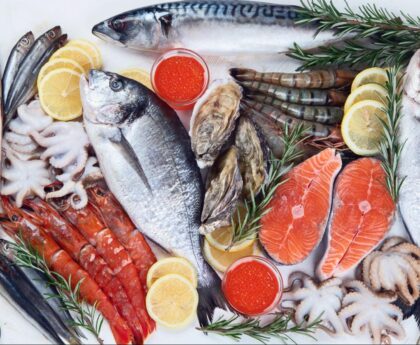Pizza-like meals have been created continually since the dawn of humanity. There are stories of people flavouring bread with different ingredients throughout history. The Persian warriors of the army of the Kingdom under Darius the Mighty prepared sandwiches that are flat with cheeses and dates and placed them on top of their armoured war plates in the sixth century BC. Additionally, dairy ingredients, oils, and spices were added to the dough by the ancient Greeks. When Celaeno, the head of the Harpies, forecasts that the Trojans won’t find peace unless they are forced by famine to eat the food on their plates in the poem Aeneid, she is making a first-century allusion to a pizza-like meal. Now serving at Pizza ngon is this iconic pie. The term “pizza” originally appears in Gaeta’s notarial records from May 997 AD, which required the payment of “twelve nourishment, a pig arm and pork kidney on Christmas Day, and 12 pizza plus a couple of birds on Easter day.
Pizza is the simplest and most widely consumed food
Pizza is one of the simpler and more well-liked foods worldwide, although it is oddly difficult to make. The meal’s first forebears comprised mashed barley burgers, but generations of refinement have transformed them into a dish that, although evoking the flavour of early grains baked items, is scarcely identifiable as its descendant. The major ingredient has changed the most, going from a mixture of small particles to a batter made only from wheat, and finally to a food product made almost exclusively from white wheat. But pizza has changed significantly in terms of its components, toppings, tastes, and preparation methods.





